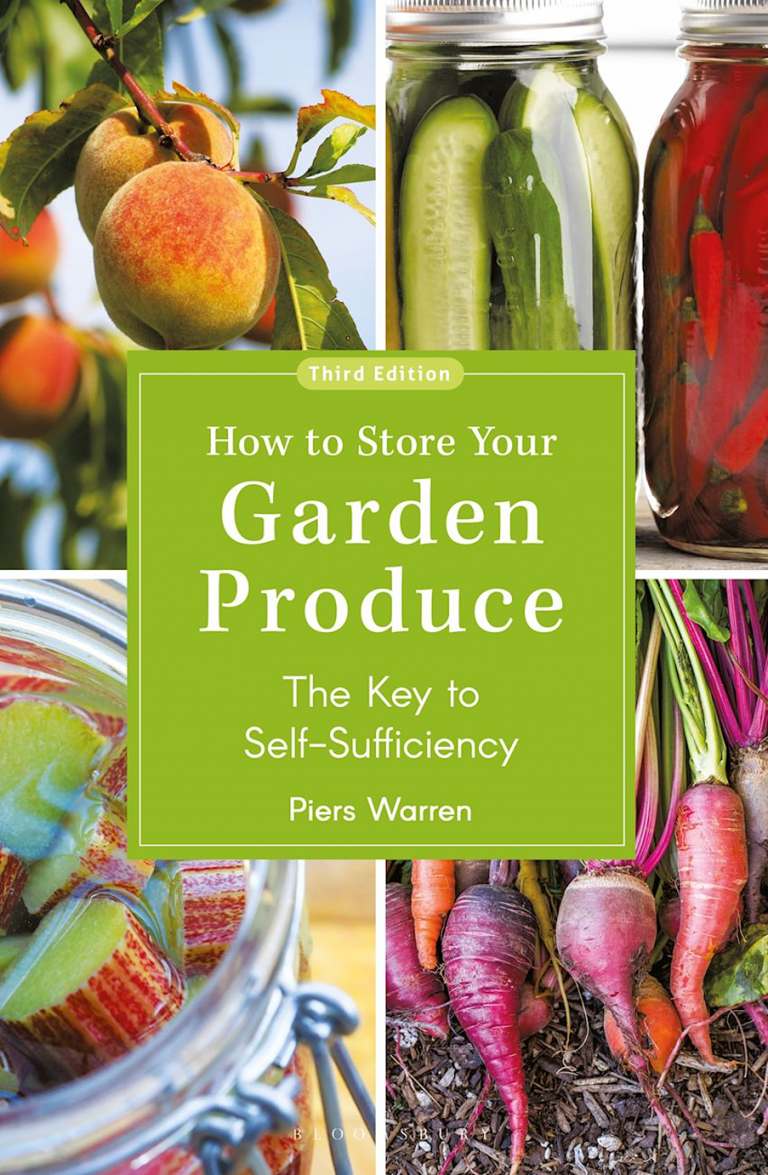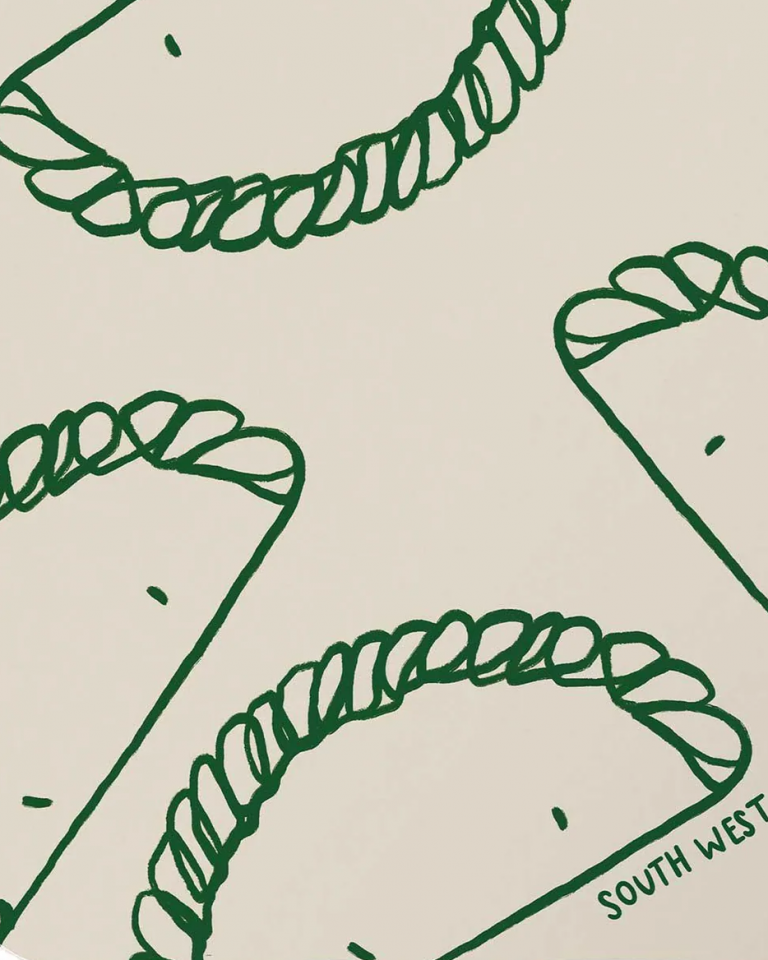
Simple ingredients, a short simmer, a ladle over rice, and you have a meal that feels both familiar and nourishing. Lentil dal is a hearty Indian stew made with lentils, onions, garlic, tomatoes, and spices like turmeric and coriander. It is naturally creamy, gently spiced, and easy to adjust to your taste.
This recipe for yellow lentil dal (Ela Vegan) is made with common pantry staples, and a delicious tummy-friendly snack from India. It’s also very affordable and packed with protein and calcium. You can find yellow lentils in some supermarkets and most health shops. Or make similar recipes for green lentil dal and creamy red lentil dal.
Before making, read our post on food safety for people and pets.
Boost Your Health with Lentil Dal
Homemade dal delivers a steady mix of protein, fibre, and key micronutrients. Lentils are rich in plant protein that helps repair muscle tissue after daily activity or workouts. They are low in fat yet filling, which supports steady energy and easier weight control. A typical serving provides enough protein to keep you satisfied without relying on meat.
Fibre is one of dal’s quiet strengths. Lentils carry both soluble and insoluble fibre, which helps digestion, balances blood sugar, and contributes to heart health. When your meal includes a fibre-rich base like dal, you reduce the urge to snack on sugary foods later.
Cooking dal at home helps you control salt and oil. Many canned or ready-made versions contain added sodium or preservatives. When you cook from scratch, you choose the amount of salt, the type of fat, and the quality of your ingredients. Use a small amount of neutral oil, then add a squeeze of lemon and fresh herbs.
Spices do more than flavour. Turmeric, cumin, coriander, ginger, and garlic contain natural compounds with anti-inflammatory and antioxidant actions. Freshly toasted spices tend to be more fragrant, so you need less salt. A simple tadka, a quick tempering of spices in hot oil, lifts both aroma and taste.
Portion control is easy with dal. One cup, paired with rice or chapati and a side of greens, feels generous without being heavy. If you are managing weight, use more lentils and vegetables, and keep oil moderate. The high fibre content creates a slow release of energy, which helps with appetite control over the course of the day.
Get Essential Proteins Without Meat
Lentils provide the amino acids needed for growth and repair. On their own, lentils are rich in lysine but lighter in methionine. When you pair dal with rice or other grains, the combined profile covers all essential amino acids. This makes the meal a complete protein, ideal for vegetarians and anyone reducing meat.
Home cooking helps retain amino acids that can be lost in long industrial processing. Gentle simmering keeps texture and nutrients intact. The result is a protein-rich meal that supports heart health, satiety, and stable energy.
Support Digestion and Gut Health with Fibre
Lentils offer a helpful blend of soluble and insoluble fibre. Soluble fibre forms a gel in the gut, which can lower LDL cholesterol and steady blood sugar. Insoluble fibre adds bulk, supports regular bowel movements, and helps prevent constipation.
If legumes leave you bloated, soak lentils for 30 minutes and rinse well before cooking. Add ginger or a pinch of asafoetida for easier digestion. A steady intake of fibre from dal, along with water and movement, supports long-term gut health and comfort.
Fuel Your Body with Vitamins and Minerals
Dal is a natural source of iron, which helps transport oxygen in the blood. Pairing dal with vitamin C, such as tomatoes or a squeeze of lemon, improves iron absorption. Folate, found in lentils, supports cell growth and is important for those planning pregnancy. Potassium helps maintain normal blood pressure, and magnesium supports muscle and nerve function.
Spices add more than flavour. Turmeric contributes curcumin, garlic and onions provide sulphur compounds, and tomatoes add antioxidants. Making dal fresh means fewer heat-treated or preserved ingredients, which helps maintain nutrient value and taste.
Save Money and Time with Lentils
Lentil dal is kind to the budget. Lentils are affordable, store well, and cook fast. A small bag can feed a household for weeks. The short ingredient list makes it a simple fit for pantry cooking, with onions, garlic, tomatoes, and a few spices doing most of the work.
Basic dal can be ready in under 30 minutes, which suits busy weeknights. You can also batch cook on a Sunday and portion it for the week. Dal reheats well and often tastes better the next day, as the flavours settle. That means less waste, fewer takeaways, and less stress on hectic days.
Variety costs little. Swap red lentils for yellow or brown, add spinach or courgette, or finish with coconut milk for a creamy twist. These small changes keep the meal fresh without adding much time or cost.
Affordable Ingredients That Feed a Crowd
A medium bag of lentils can make several family meals. When set against the price of meat or takeaway, the savings stand out. You get a complete and balanced base for a fraction of the cost.
Example cost snapshot:
- Dried red lentils, 500 g: Serves 6 to 8 bowls
- Onion, garlic, tomatoes, basic spices: Low cost pantry staples
- Per serving: Often under the price of a small takeaway side
Cook a large pot, then freeze portions. Future you will thank you when dinner is sorted in minutes.
Quick Cooking Methods for Everyday Meals
Red lentils cook fast and break down into a creamy texture. Brown and green lentils hold their shape and offer more bite. Choose based on the texture you like.
Simple method for beginners:
- Rinse 1 cup of lentils until the water runs clear.
- Simmer with 3 cups of water, a pinch of turmeric, and salt until tender.
- In a pan, warm 1 tablespoon oil or ghee. Sizzle cumin seeds, garlic, and chilli.
- Stir the spiced oil into the cooked lentils. Add lemon and fresh coriander.
Time-saving tools:
- Pressure cooker or Instant Pot: Red lentils in 6 to 8 minutes at pressure.
- Slow cooker: Add all ingredients in the morning, set low for 4 to 6 hours.
- Stovetop: 20 to 25 minutes for red lentils, 30 to 40 for brown or green.
How to Customise Your Lentil Dal
Cooking dal at home invites personal taste and care. Adjust the heat, choose your texture, and add vegetables for colour and nutrients. A handful of spinach near the end, roasted cauliflower folded through, or peas for sweetness, each small change keeps the dish lively. Spice levels can shift from gentle to bold. Use chilli flakes for heat, or cinnamon and cloves for warmth in winter.
Dal fits many roles. Serve it as a main with rice, as a side with grilled vegetables, or as a base for soup. Thin it with stock for a light broth, or keep it thick for a cosy bowl. It suits family dinners, quick lunches, and batch-cooked freezer meals.
Cooking from scratch fosters calm and connection. Stirring a pot, tasting, and adjusting seasoning can feel grounding. Sharing a bowl of dal builds routine and comfort, which helps family habits stick.
Adapt Recipes to Fit Your Dietary Preferences
Dal can meet many dietary needs:
- Gluten free: Lentils are naturally gluten free. Check spice mixes and stock.
- Lower carb: Serve with cauliflower rice or a large salad instead of white rice.
- Higher protein: Pair with quinoa, add tofoo, or stir in vegan yoghurt on the side.
Season smartly. Lemon, fresh herbs, and toasted spices bring depth without extra salt or heavy fat.
Pair It with Sides for Balanced Meals
Build a plate that covers taste, texture, and nutrition:
- Rice: White rice for comfort, brown or basmati for extra fibre and aroma.
- Breads: Chapati or naan for scooping. Wholemeal versions add more fibre.
- Fresh sides: Cucumber salad or dairy-free cucumber raita
- Toppings: Coriander, spring onions, toasted seeds, or a dollop of yoghurt.
These simple additions round out the meal without adding complexity.






